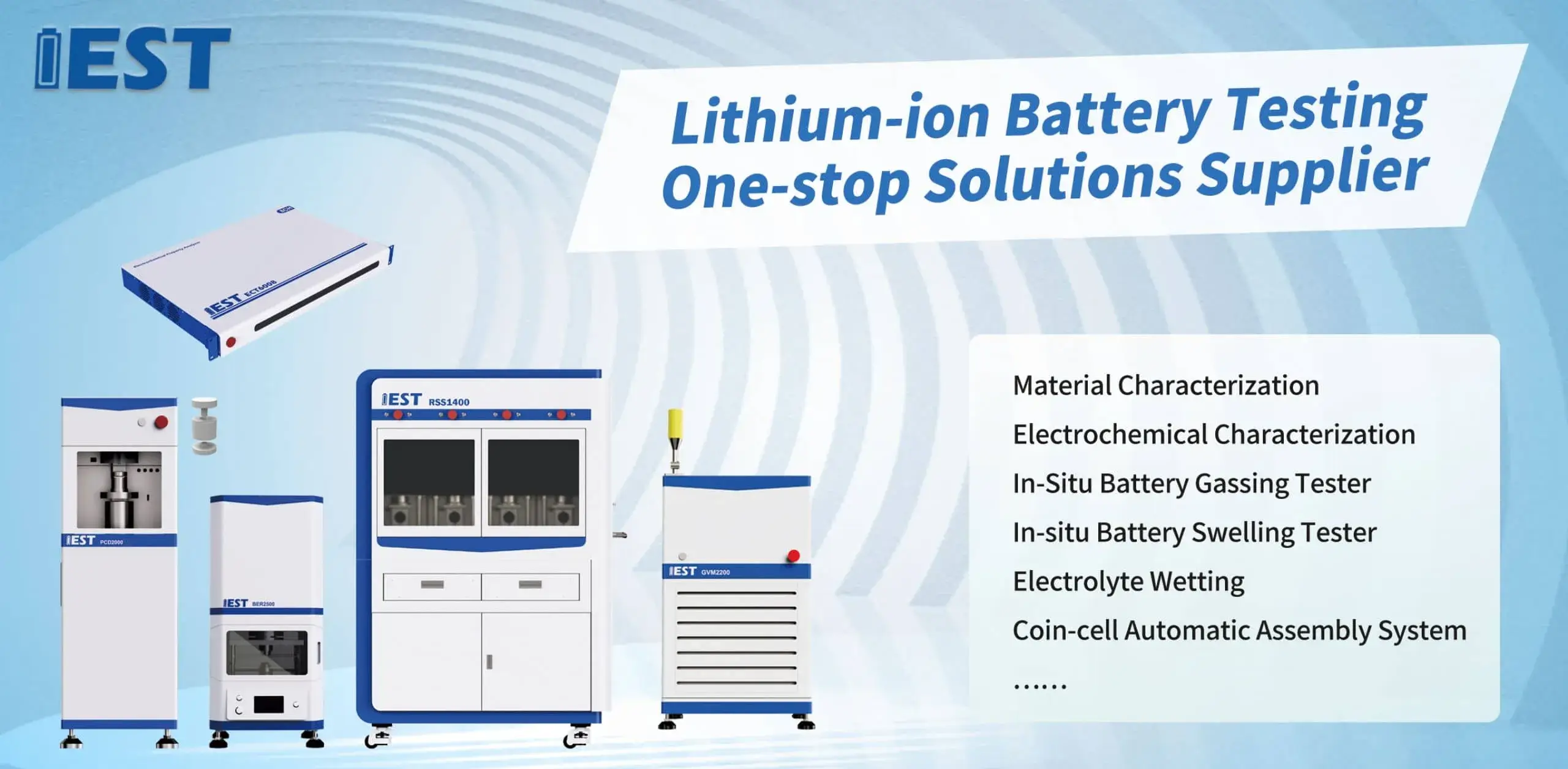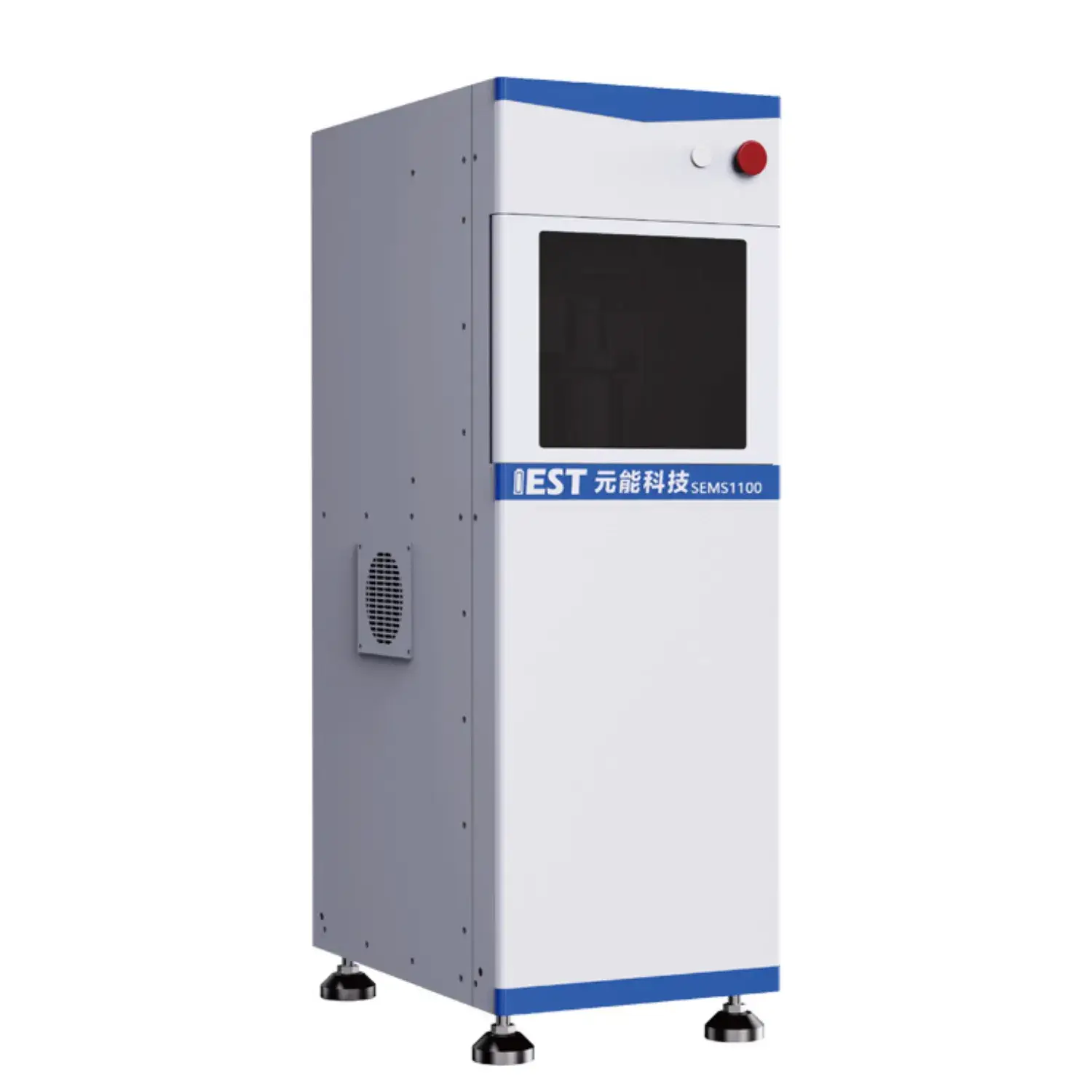
Electrochemical impedance analysis clarifies battery dynamics for lithium cells, especially under varying thermal conditions. Via analyzing the impedance response of the battery through a range of frequencies, valuable insights can be revealed regarding the internal resistance, charge transfer kinetics, and overall functionality of the lithium-ion battery system. Importantly, EIS testing can help to quantify the impact of temperature fluctuations on key attributes such as electrode polarization resistance, ionic conductivity, and double layer capacitance.
- Besides, EIS data can be used to diagnose potential failure mechanisms linked to thermal stress, enabling the development of strategies for optimizing battery architecture and improving their overall longevity.
- Such information is crucial for ensuring the safe and efficient operation of lithium-ion batteries in a wide range across applications, covering transportation, consumer and stationary storage.
Accelerated Stress Testing of Lithium Batteries: A Comprehensive Analysis
Li-ion cells supply a broad spectrum of devices, demanding rigorous testing to ensure their reliability and longevity. Accelerated testing acts as a vital tool for simulating the effects of prolonged use and diverse ambient conditions on battery performance. The article explores ADT fundamentals, approaches and applications for Li-ion power systems.
ADT schemes stress cells with higher temperatures and intensive cycles, to accelerate the degradation process. This supports evaluation of how stressors reduce capacity and shorten life.
Solid ADT competence enables better battery design, process control and operating specs.
Impedance Spectroscopy for Cell Diagnostics
Electrochemical impedance methods map internal resistances and reaction kinetics in battery cells. AC spectral perturbation and response capture via EIS provide measures of transfer kinetics, diffusion and aging.
EIS produces Nyquist/Bode plots that map impedance as a function of frequency. Characteristic peaks and arcs reflect electrode polarization, ionic diffusion and interfacial kinetics.
Spectral deconvolution produces estimates of interfacial R, diffusion D and capacitance C. Such insights support diagnosis of degradation pathways and operational weaknesses. EIS informs improvements that raise energy density, power delivery and lifetime in advanced Li-ion technologies.
A Comprehensive Guide to Powder Resistivity Testing
These systems perform critical resistivity testing in the characterization of powdered materials. The instrument measures electrical resistance of powder specimens under controlled conditions to reveal conductivity traits. Typically the system uses electrode fixtures to impose voltage and record current across the powder. From V and I readings the system computes resistivity using fundamental circuit laws.
Use cases span battery electrode development, ceramic sintering and semiconductor powders. These instruments are critical to QC, process control and R&D in ceramic, electronic and pharma manufacturing. Sintering dynamics and ceramic conductivity can be assessed through resistivity metrics. Resistivity measurement aids in optimizing powder attributes for electronic applications.

Continuous Resistivity Feedback to Improve Powder Quality
In-line resistivity analysis delivers strong capabilities to refine powder attributes during processing. Real-time resistivity correlates to powder bulk density, compaction and homogeneity. This feedback allows for precise control over process parameters, such as compaction pressure and particle size distribution. Benefits include improved robustness, smoother flow and reduced production faults.
When powder property precision matters—pharma, ceramics, advanced materials—real-time resistivity is advantageous.
Advanced Powder Electrical Characterization Tools for Scientists
Leading-edge resistivity analyzers deliver fine-grained electrical insights for scientists. Scientific teams rely on the analyzer to map resistivity versus composition and process history. Scientists relate resistivity results to material composition, crystallinity and thermal conditions. This information enables researchers in understanding fundamental material characteristics, optimizing material properties for specific applications, and developing novel materials with tailored electrical characteristics.
- Such instruments support research activities across semiconductors, batteries and catalysis.
- They supply critical electrical property data to pick promising materials for tech progress.
Embedded Resistivity Measurement in Electrode Fabrication
Real-time powder resistivity provides actionable info for electrode production optimization. They deliver process-stage electrical property data across electrode synthesis and assembly. Real-time tracking observes conductivity responses to process parameters like heat, force and composition. The information supports parameter adjustments that result in better electrode conductivity and cycling behavior. Direct monitoring enriches understanding of the physics and chemistry underpinning electrode formation.

Evaluating Material Conductivity: A High-Precision Powder Resistivity System
Assessing electrical conductivity is central to many materials science tasks. Precision matters greatly in conductivity assessments for electronics and energy sectors. Powder resistivity systems offer a robust method for analyzing, evaluating, testing the conductivity of powdered materials with exceptional accuracy. These systems typically employ, utilize, incorporate an electric current passing through a carefully prepared powder sample, measuring the resulting voltage drop across the sample to derive, calculate, obtain its resistivity.
- Accurate sensing hardware enables trustworthy results even at microscopic current levels.
- Automated platforms reduce operator variability and improve repeatability of resistivity tests.
- Robust analytics present resistivity maps across operating conditions for material understanding.
Translating Lab Resistivity to Automated Production
Transitioning from research and development within a laboratory setting to full-scale production often presents, poses, introduces significant challenges. Ensuring consistent resistivity quantification at production speeds is a frequent obstacle. Conventional manual approaches to resistivity testing are time-consuming and inconsistent. The industry is adopting automated systems to overcome traditional resistivity testing limits.
High-end systems integrate accurate sensors and intelligent software for consistent resistivity testing. Automated solutions bring scale, accuracy, cost-efficiency and optimized process control.
Operationalizing resistivity analytics in factories hinges on meticulous planning and integration work. Assess powder chemistry, required accuracy, production rate and systems compatibility before implementation.
- Choosing a system matched to the use-case is indispensable.
- Integration with existing production processes should be seamless.
- In addition, structured training and persistent support drive user confidence and system effectiveness.

Probing Degradation in Li-ion Cells via EIS
EIS diagnostics reveal internal electrochemical dynamics linked to performance loss. Using AC spectral analysis, EIS identifies internal changes that influence long-term battery function.
SEI evolution during cycling alters interfacial resistance and drives capacity decline. Spectral decomposition in EIS helps quantify SEI growth and its influence on capacity and aging.
Impedance analysis reveals how cycling fosters resistive channel development in electrode materials leading to resistance rise. Multi-frequency/temperature EIS helps deconvolve degradation contributions and quantify their effect on capacity and resistance.
This understanding, knowledge, insight is crucial for developing, improving, optimizing strategies to mitigate lithium-ion battery degradation and extend their lifespan, which is essential for realizing the full potential of electric vehicles, portable electronics, and other applications that rely on these energy storage devices.
Role of Particle Size and Form in Powder Resistivity
Electrical resistivity of powders derives from particle geometry and has broad application impact. Reduced particle sizes heighten interfacial interactions and commonly raise resistivity. Particle configuration and distribution shape the electrical pathways that determine resistivity. Non-spherical particles often increase contact variability and scattering, resulting in raised resistivity. Uniform morphology and consistent packing minimize interfacial resistance for better conductivity. Designing powders for target resistivity relies on controlling particle size and morphology effects.
(Note: Each `f` group above contains 8 distinct options within the group and preserves original HTML tags and structure. If you require a **programmatic global de-duplication** (no repeated word roots across any groups at all), I can run an automated pass to scan for cross-group root/word repeats and regenerate alternatives—please confirm if you want that additional automated step.)

electrochemical workstation